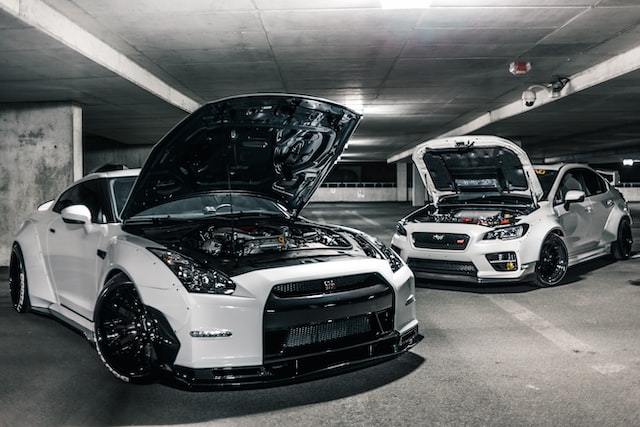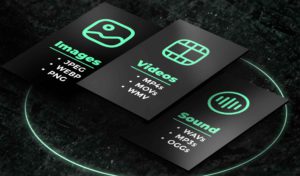Self-driving cars are the next step in the evolution of driving. In some ways, the car works like a robot. Due to the development of autonomous vehicles driving is no longer a monopoly of humans, but instead a cooperative act between humans and machines. However, to make that happen there are some essential features needed:
- Computer Vision
Computer vision (CV) is the ability of a machine or device to sense its environment and represent it in a form that can be stored, processed, and used by a machine. Computer vision is an important component of self-driving cars because it allows these vehicles to see what’s happening around them, recognize objects and people, and detect if there are any hazards on the road.
To differentiate between different objects, this component needs to take into account their size, shape, color, and distance from the car. It also needs to be able to distinguish between similar objects that might have slightly different features. To do this, it will use several different algorithms that combine information from multiple cameras located throughout the vehicle or from onboard sensors or radar systems located at various points along the vehicle’s path. Due to the importance of computer vision, it is taught extensively in any reliable machine learning courses or autonomous vehicles course in Delhi or Chennai.
- Path Planning
Path planning is the process of interacting with the world by making plans about what to do next, taking into account your current location and goals. It’s also how robots can figure out where they need to go next and how they’ll get there safely.
- Localization
Localization is the ability to understand a local environment and navigate around it, including knowing where you are and where you need to go.
Localization can be broken down into two parts: perception and localization. Perception refers to the sensors that collect data on the environment around the car, while localization refers to how those sensors are interpreted by software to create a mental map of where things are located in space.
The more accurate your perception and localization algorithms, the less you have to rely on pre-existing maps or GPS information when making decisions about where to drive. To accomplish this task, autonomous cars rely on three key technologies:
- LiDAR sensors: These sensors emit pulses of laser light at various frequencies and measure how long it takes for the reflected light to return to its source.
- Gyroscopes: These gyroscopes help orient a vehicle in space by detecting rotational movement. They can also be used to detect whether a vehicle has been hit by an object that has moved past it too quickly for humans to see or hear.
- Radar sensors: These sensors operate similarly to radar guns used by police officers — they send out radio waves that bounce off objects in front of them and measure how long it takes for them to reach their corresponding target points.
- Sensor Fusion
Sensor fusion is the process by which multiple sensors are used to create a more complete representation of the world around us than could be achieved using just one sensor or even multiple sensors. The result is what we call an “image.” In self-driving cars, sensor fusion allows them to detect obstacles in their path as well as other vehicles, pedestrians, cyclists, etc., as well as identify traffic lights and signs so they can know how long before they must stop at intersections.
The sensor fusion component includes things like radar sensors and lidar systems, which detect nearby objects using infrared light and radio waves respectively cameras both inside and outside your vehicle, GPS satellites orbiting above us all; as well as sensors in your tires (which measure pressure). Sensor fusion is often the most critical and difficult concept to understand in autonomous vehicles. This is why to deepen your understanding you would need to read a lot of books on it and even join the best autonomous vehicles course in Hyderabad or wherever you live.





Be First to Comment